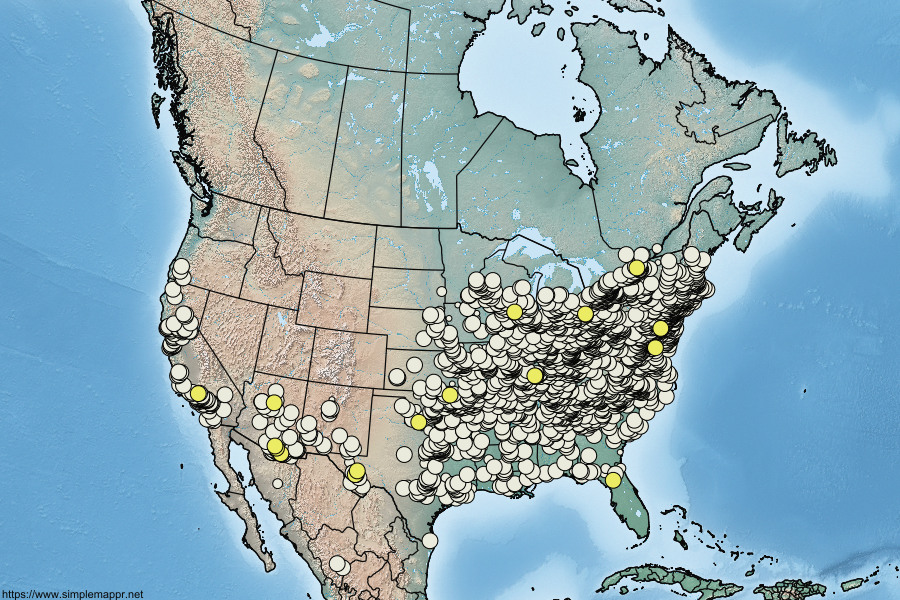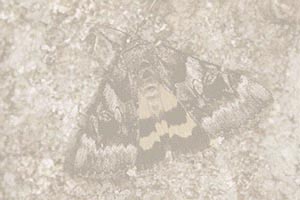 Catocala piatrix
Catocala piatrix
Grote, 1864
A large, infrequent but generally distributed Juglandaceae-feeding Catocala larva in the eastern Nearctic, then through
southern New Mexico and Arizona and up the west coast to Oregon.
Body color ranging from tan to gray to light brown to light greenish-black, with fine striping throughout body, sometimes with
prominent darker dorsolateral stripes; white pinnacula, no A5 embellishments, no lateral filaments; venter whitish with
varyingly elongated black spots; head capsule ground color varying from orange to red to gray to black, with red to black vertical striping
frequently obliterated by ground color. Head capsule banding highly variable: may be entirely missing, or thin to thick lateral black bland laterally, sometimes also
in between vertices, sometimes extending across top of vertices; if present, edges of bands on frons typically not crisp, and bleeding into ground color.
Larvae of piatrix have the widest foodplant use among individual Juglandaceae-feeding species, with
several species of walnut (Juglans) used most commonly, sometimes pecan hickories (Carya [Apocarya]), and only rarely non-pecan
hickories (Carya [Eucarya]).
Occasionally, an individual piatrix larva can sport the combination of gray body, grayish head capsule, and black lateral head capsule
bands that extend over the vertex,
thereby mimicing
epione,
but the band bleeding on the frons is usually present and distinguishes (as does the venter, which is stippled throughout in epione, and epione
uses non-pecan hickories). The larvae of piatrix often "thrash and spit" when perturbed.

|


